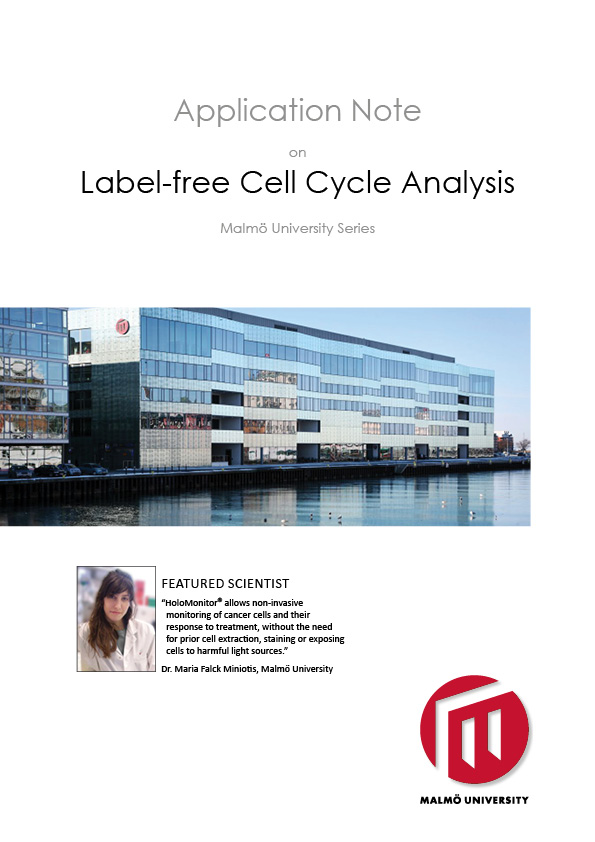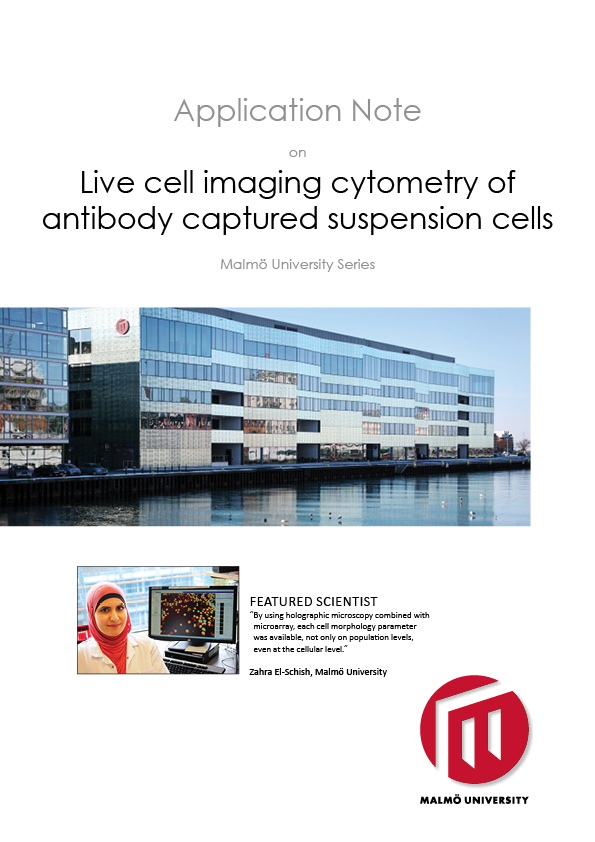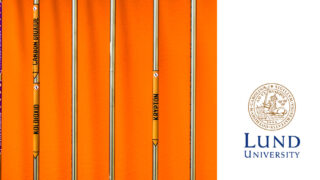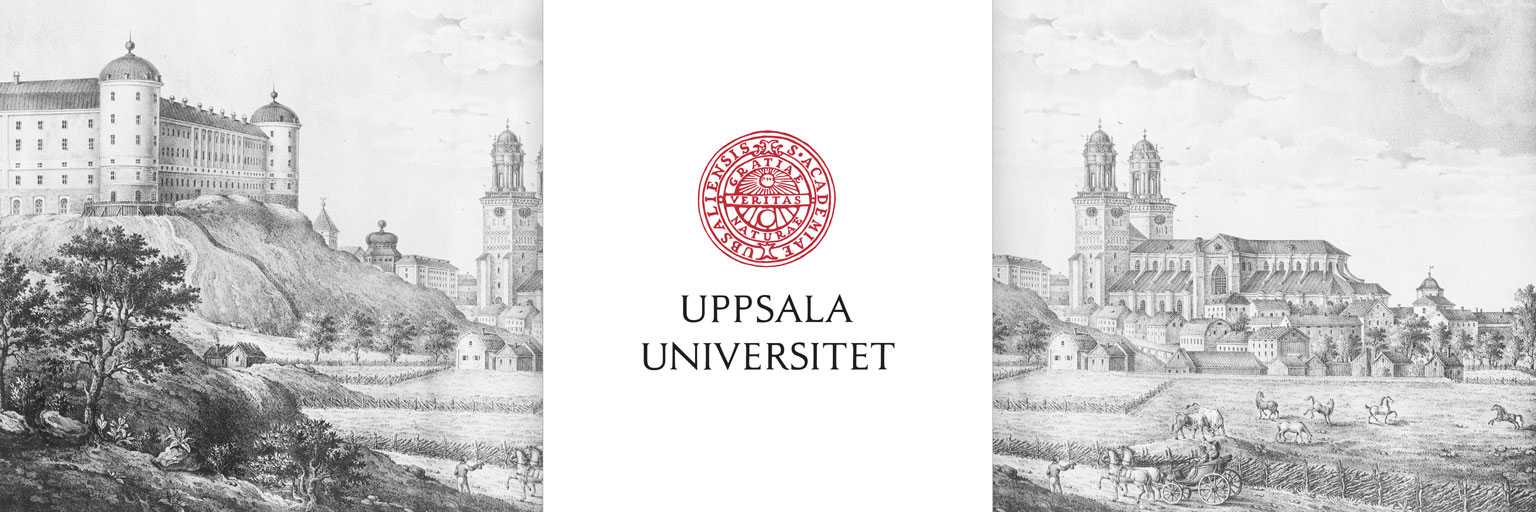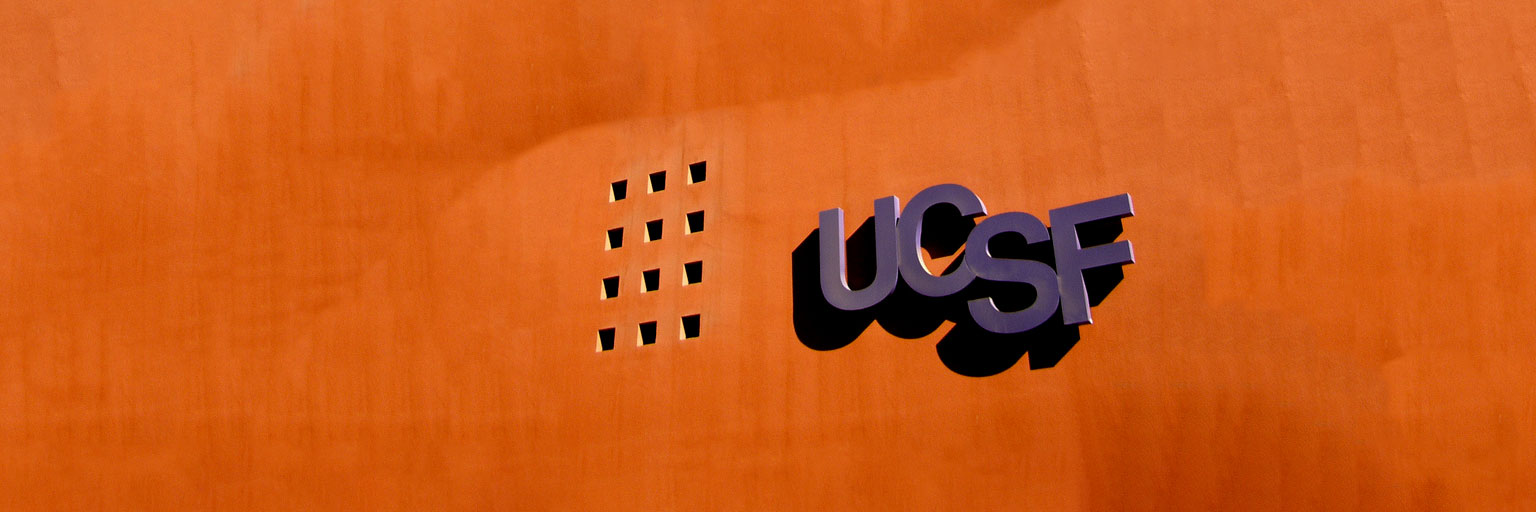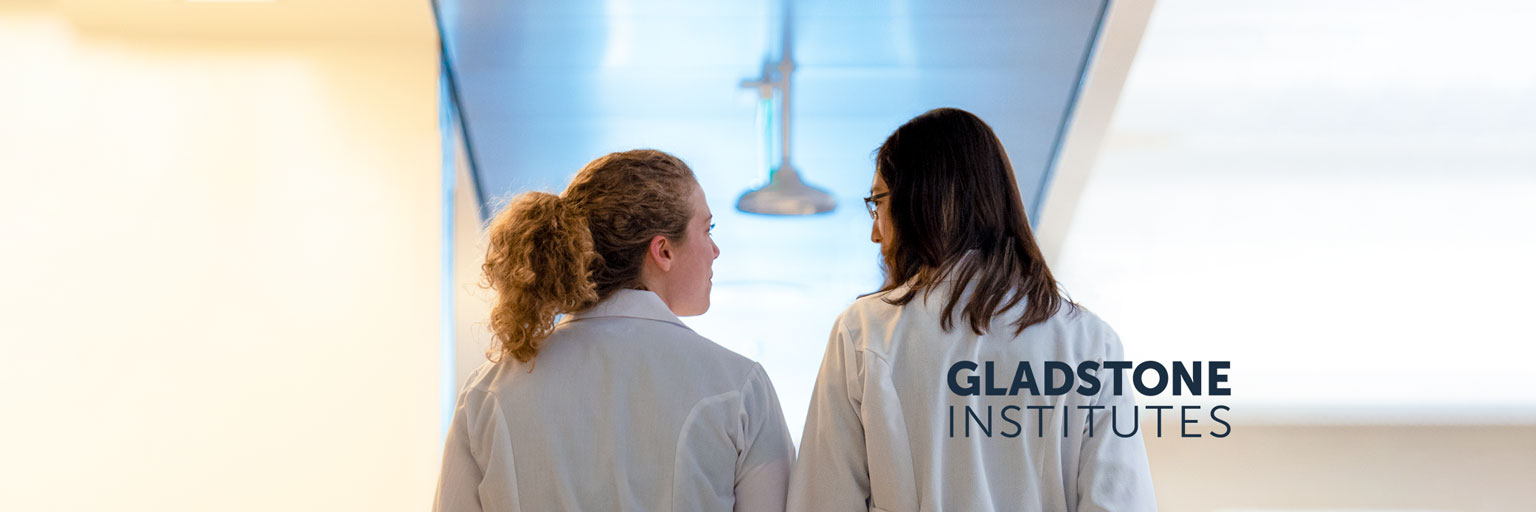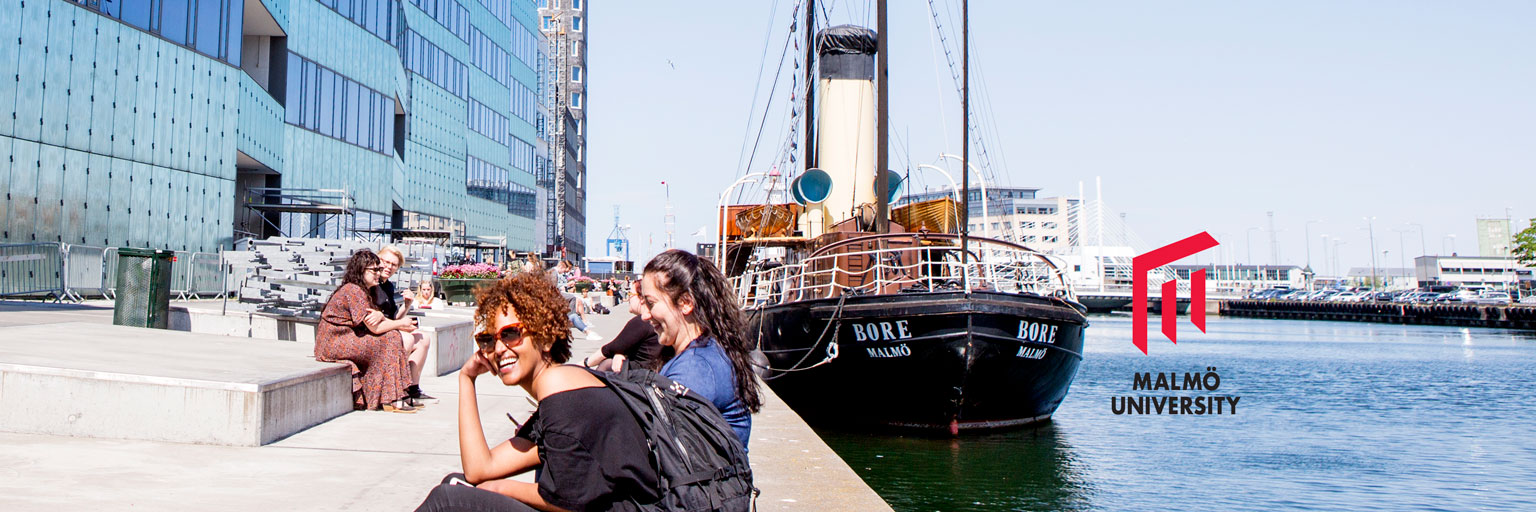
Malmö University
PHI and Malmö University have a long-standing collaboration, dating back to 2008. The collaboration has resulted in several peer reviewed publications and a doctoral thesis. In late 2016, the European Commission granted 2.1 million euro to GlycoImaging – a joint cancer research project to develop improved methods for clinically diagnosing cancer.
Current methods for diagnosing cancer primarily focus on the proteins associated with cancer. However, there is increasing evidence that carbohydrates play an important role in the development and progression of malignant cancer. Current methods use and rely on antibodies created by living organisms. These natural antibodies, however, are not sufficiently specific to accurately detect and image carbohydrates.
The GlycoImaging project is coordinated by Malmö University and commercialized by PHI. Additional partners are Bundesanstalt für Materialforschung und Prüfung (Germany’s federal technology research institute), Umeå, Copenhagen and Turku University.
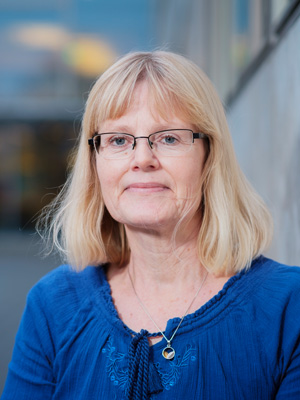
Oncology research and diagnostics are in need of low-cost and robust probes to detect carbohydrates. The goal of the GlycoImaging project is to meet this need by combining specific carbohydrate probes – in the form of molecular imprinted polymers or ‘plastic antibodies’ – with holographic microscopy.
Prof. Anette Gjörloff Wingren
Faculty of Health and Society, Malmö University
Presentations
Popular lecture on cancer research by Prof. Anette Gjörloff Wingren 2016 (in Swedish).
A short presentation of GlycoImaging by Prof. Anette Gjörloff Wingren (in Swedish).
The GlycoImaging video (in Swedish).
Interviews and News
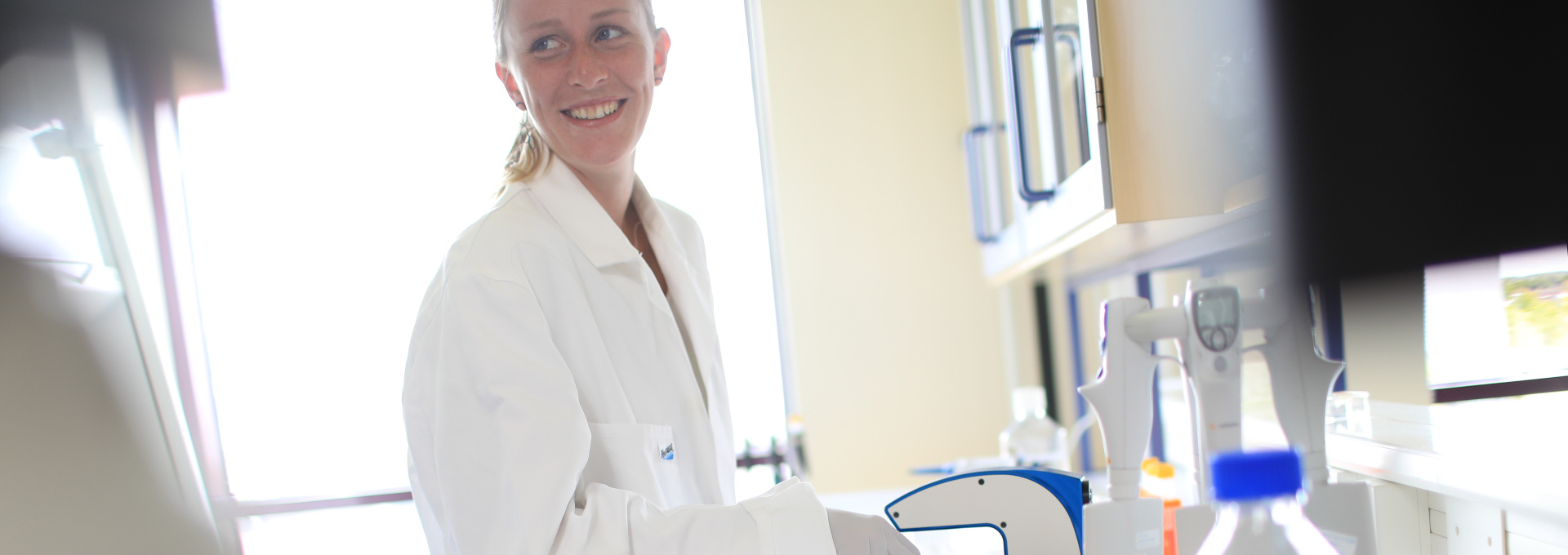
Best Poster Prize to Louise Sternbaeck
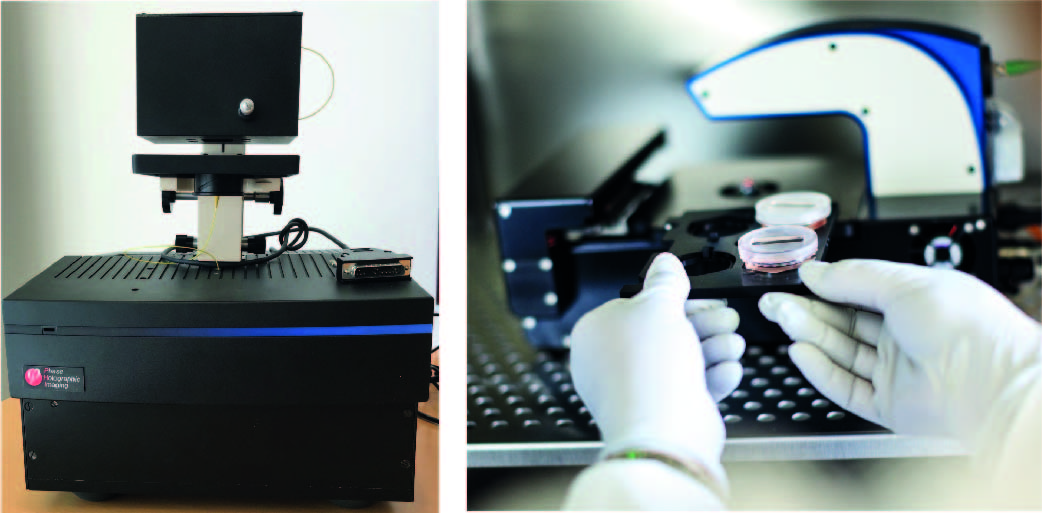
Digital Holographic Microscopy for biomarker detection in cancer
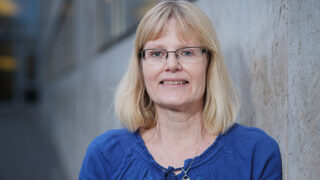
Fighting cancer at an early stage
PHI and Malmö University receives 2.3 million SEK to detect blood-borne cancer cells
EU grants 2.1 million euro to Phase Holographic Imaging and Malmö University with partners for joint cancer research
Researchers propose PHI’s technology to assess reduction in cancer cell growth
Peer Reviewed Articles and Book Chapters

Non-invasive, Label-free Cell Counting and Quantitative Analysis of Adherent Cells Using Digital Holography
Authors: A. Mölder et al.
Journal: Journal of Microscopy (2008)
Research Areas: Method development
Cell Lines: MCF-10 A, L929, PC-3, DU-145
Keywords: HoloMonitor M2, cell counting, confluence, phase shift, optical path length, digital holographic technology
Digital Holographic Microscopy — Innovative and Non-destructive Analysis of Living Cells
Authors: Zahra El-Schich et al.
Journal: Microscopy: Science, Technology, Applications and Education (2010)
Research Areas: Method development
Keywords: engineering and technology, teknik och teknologier, digital holography, cell studies, cancer, viability, refractive index, digital holographic technology

Digital Holography and Cell Studies
Authors: Kersti Alm et al.
Journal: Holography-Research and technologies (2011)
Research Areas: Method development
Keywords: Digital holographic technology
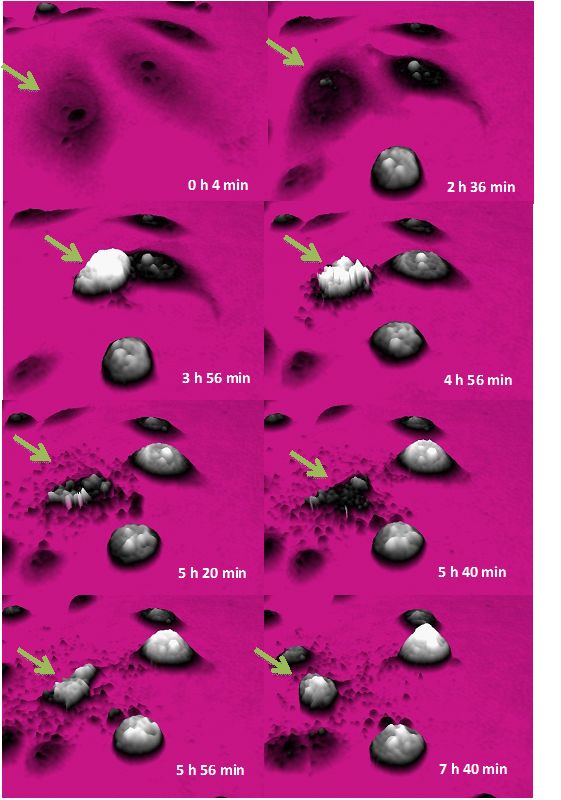
Cells and Holograms — Holograms and Digital Holographic Microscopy as a Tool to Study the Morphology of Living Cells
Authors: Kersti Alm et al.
Journal: Holography — Basic Principles and Contemporary Applications (2013)
Research Areas: Method development
Keywords: Digital holographic technology

Digital Holographic Microscopy for Non-invasive Monitoring of Cell Cycle Arrest in L929 Cells
Authors: Maria Falck Miniotis et al.
Journal: PLOS ONE (2014)
Research Areas: Method development
Cell Lines: L929
Keywords: Holomonitor M3, Cell morphology, Cell cycle and cell division, Flow cytometry, Cancer treatment, G1 phase, Colcemid treatment, Holographic microscopy, therapeutic drug
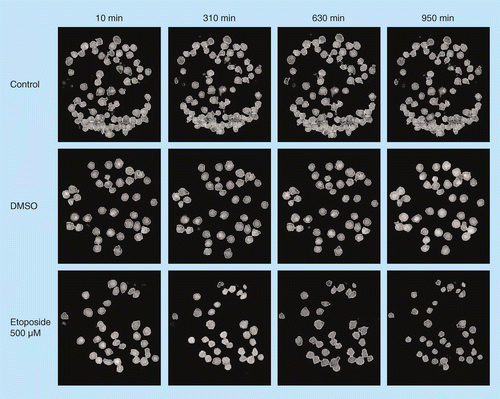
Interfacing Antibody-based Microarrays and Digital Holography Enables Label-free Detection for Loss of Cell Volume
Authors: Zahra El-Schich et al.
Journal: Future science oa (2015)
Research Areas: Cancer research, Drug research
Cell Lines: Jurkat, U2932
Keywords: HoloMonitor M2, cell counter, cell morphology, antibody, cellular, holography, microarray, volume, drug development

Supervised Classification of Etoposide-treated in Vitro Adherent Cells Based on Noninvasive Imaging Morphology
Authors: Anna Leida Mölder et al.
Journal: Journal of Medical Imaging (2017)
Research Areas: Method development
Cell Lines: DU-145
Keywords: HoloMonitor M4, cell morphology, Image segmentation Image analysis In vitro testing, Digital holography Image classification, Microscopy, Biological research, Digital imaging, Holography, In vivo imaging

Holography: the Usefulness of Digital Holographic Microscopy for Clinical Diagnostics
Authors: Zahra El-Schich et al.
Journal: Holographic Materials and Optical Systems (2017)
Research Areas: Method development
Cell Lines: U2932, WM-266-4, CHL-1
Keywords: HoloMonitor M4, Cell death, Cell volume, Digital holographic, Microscopy, Individual treatment, Holography technology

Quantitative Phase-contrast Imaging – a Potential Tool for Future Cancer Diagnostics
Authors: Anette Gjörloff-Wingren
Journal: Cytometry Part A (2017)
Research Areas: Method development
Keywords: Review

Moving into a New Dimension: Tracking Migrating Cells with Digital Holographic Cytometry in 3D
Authors: Anette Görloff Wingren
Journal: Cytometry Part A (2018)
Research Areas: Cancer research
Keywords: HoloMonitor M4, cell motility, cell migration, cell morphology, cell tracking, cytometry, digital holography, migration, motility, quantitative phase imaging, scratch assay
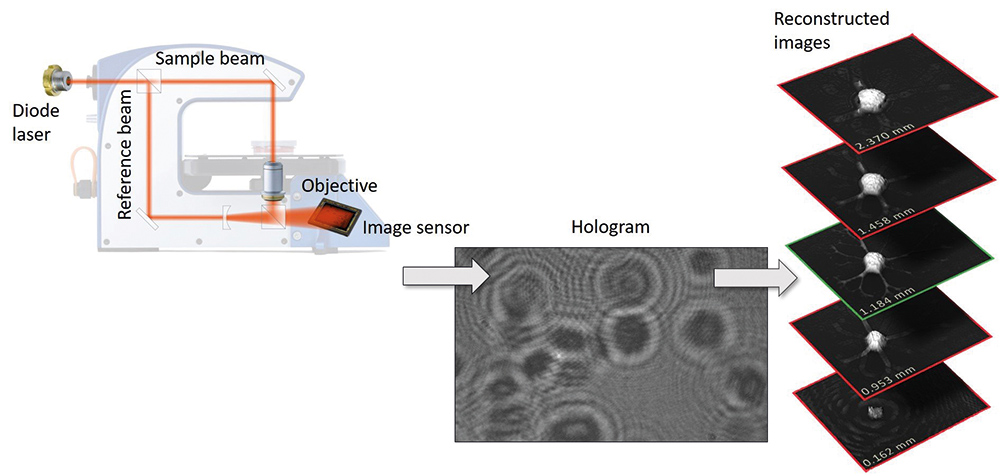
Digital Holographic Cytometry: Macrophage Uptake of Nanoprobes
Authors: Louise Sternbæk et al.
Journal: Imaging & Microscopy (2019)
Research Areas: Cytotoxicity
Cell Lines: RAW 264, 7
Keywords: HoloMonitor M4, Cytotoxicity, Cell morphology, Cell proliferation
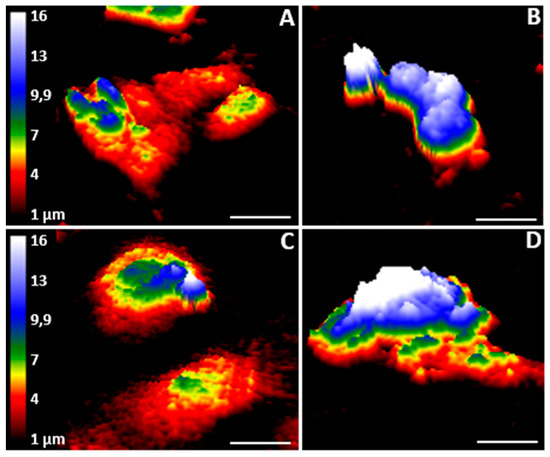
Evaluation of the Impact of Imprinted Polymer Particles on Morphology and Motility of Breast Cancer Cells by Using Digital Holographic Cytometry
Authors: Megha Patel et al.
Journal: Applied Sciences (2020)
Research Areas: Cancer research, Materials of Science
Cell Lines: MCF-7 and MDAMB231
Keywords: HoloMonitor M4, Cell morphology and cell movements, breast cancer, digital holographic cytometry, molecularly imprinted polymers, motility, sialic acid, viability
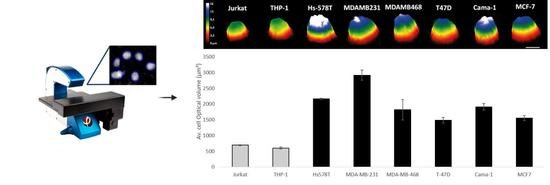
Discrimination between Breast Cancer Cells and White Blood Cells by Non-Invasive Measurements: Implications for a Novel In Vitro-Based Circulating Tumor Cell Model Using Digital Holographic Cytometry
Authors: Zahra El-Schich et al.
Journal: Applied Sciences (2020)
Research Areas: Cancer research
Cell Lines: Jurkat, THP-1, Hs-578T, MDA-MD-231, MDA-MB-468, T57D, Cama-1, MCF-7
Keywords: HoloMonitor M4, cell morphology, breast cancer, cell area, cell thickness, cell volume, circulating tumor cell, CD45, digital holographic cytometry, EpCAM
Featured Applications
Location
Faculty of Health and Society,
Malmö University
Jan Waldenströms gata 25, AS:F502
205 06 Malmö, Sweden
